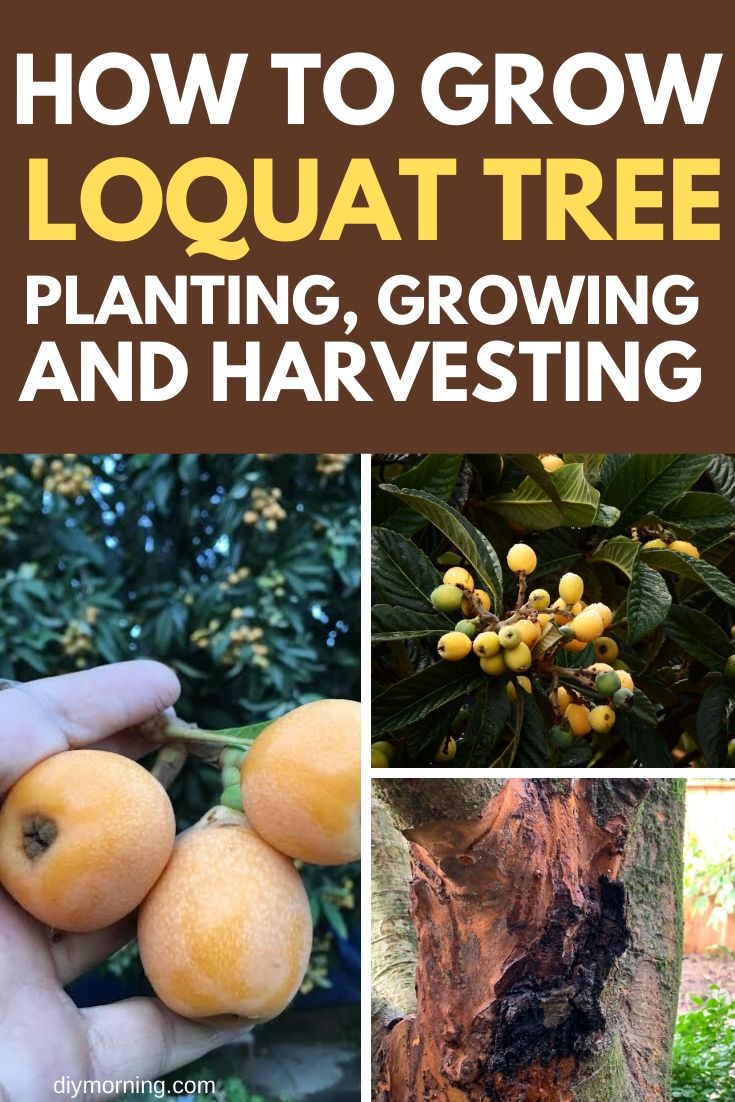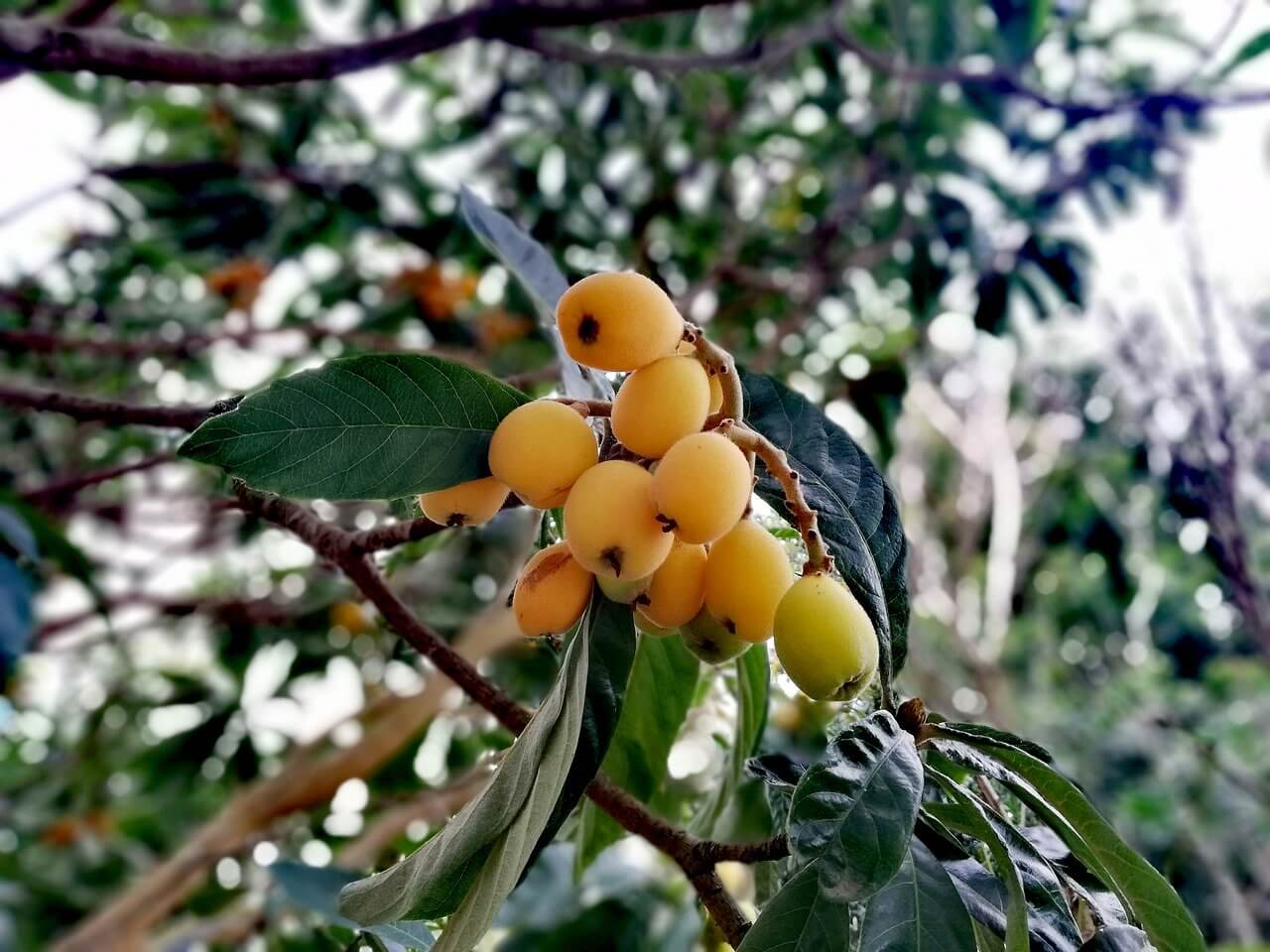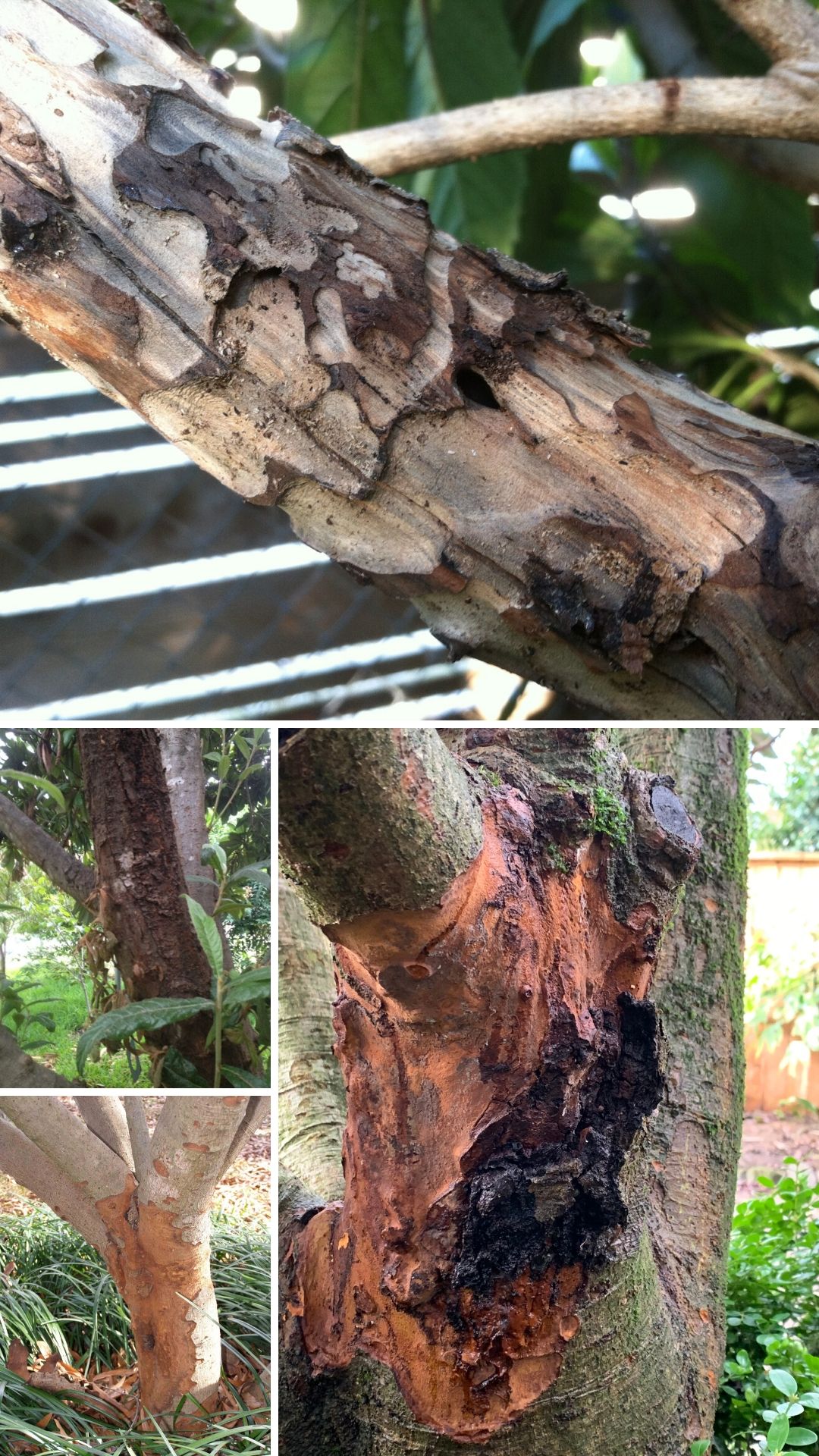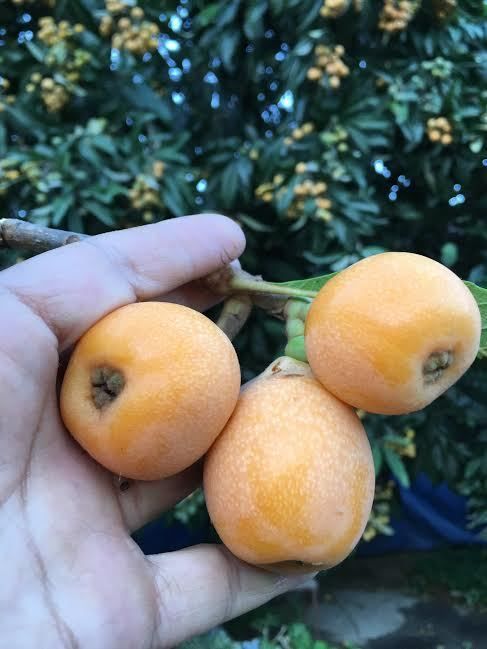Loquat makes a wonderful edition to the home orchard. Fruits are small but pack a big burst of flavor.
Eriobotrya japonica or loquat is native to Japan and China. Commonly referred to as Japanese plum, this evergreen tree with its sweetly scented fall blooms is a good choice as a specimen tree for the home gardener. An added bonus is the fruit it bears in late winter or early spring.
The loquat is an extremely easy tree to grow and will flourish in USDA zones 7-10. If grown in an area where temperatures dip below 28 degrees Fahrenheit, bloom and fruit will be lost. However, foliage will survive colder temperatures. Temporary periods of 15 to 20 degrees Fahrenheit will not kill the leaves of this tree.
Table of Contents

Planting the Loquat

- Choose a site in full sun with well drained, fertile, loamy soil. Soil should be acidic to neutral but trees will tolerate some alkaline soils.
- Remove weeds and grass from the area or the tree will have to compete with the weeds and grass for water and nutrients.
- Dig a hole wide and deep enough to accommodate root system. Remove the tree from pot and place in the hole, carefully spreading roots out in the hole. Roots should be spread out in the planting hole, never wound around or wrapped back toward the tree.
- Place enough soil onto roots to hold the tree upright and then step back about twenty feet, take a good look at tree to make certain it is straight and level in the hole. Once satisfied the tree is level, begin to add the rest of the soil back into the planting hole. When enough soil is added to cover roots well, firm soil by tamping down gently with open hands. Add remaining soil, firm as before and water well with a soaker hose or low stream of water from sprayer.
*If planting more than one loquat tree, locate them twelve to fifteen feet apart.
Care of the Loquat
If the tree is to be grown in an area which receives strong winds, a windbreak should be erected to protect young trees. Once trees are a few years old and better established, a windbreak should not be necessary.
Organic mulch should be applied in a ring around the base of the tree, keeping it approximately eight to ten inches away from the trunk of the tree. Mulch should be three or so inches thick and reach out the width of the longest branches. Keeping mulch fresh by reapplying regularly will help keep roots from drying out and retard weed growth.
Water regularly, especially during growing period.
Fertilizing
Fertilize newly planted trees in early spring the year after planting. Once the tree reaches approximately eight feet tall, apply a top dressing of general purpose fertilizer (6-6-6) during growing season at the rate of approximately twelve to sixteen ounces per tree.
Pruning

The loquat needs little in the way of pruning. Trimming out crossed, dead and diseased branches and clipping tips of fast growing branches is all that is needed. You can hire a tree service like The Local Tree Expert.
Pests and Diseases

Loquats grown in the open, such as in a backyard orchard, are bothered by few pests and diseases. In areas with high humidity, fire blight is often a problem. Trees grown in the greenhouse should be inspected for mealybugs, whiteflies, spider mites and thrips.
Harvesting

Fruits are ready to pick when they turn yellow-orange and begin to soften.
Fruit can be eaten raw, dried, used in chutney and made into preserves. The loquat adds a tangy surprise to fruit salad. Depending on cultivar grown, fruit can be sweet, sweet-tart or just plain tart.
Rake and remove any fallen fruit from under tree as this will invite wasps and bees into the area in large numbers.




